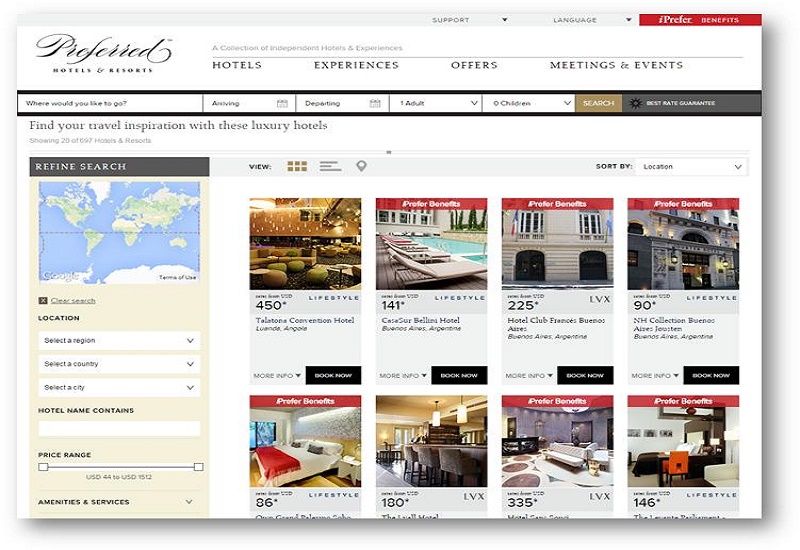U.S. tech firm Sabre has introduced a solution that will help hoteliers stay at the top of Google’s pile, even with the new mobile rules. VP of business development for Sabre Hospitality, Tom Coulthurst, talks to Hotelier about how to play nice with Google, which means playing hardball with OTAs.
On 21 April, Google announced that it will add a new criterion to its ranking: whether a site is mobile-friendly. That means that how compatible your site is with handheld devices determines how close to the top you are when a user performs a search.
Not only does your site have to be mobile-friendly to get a bit of Google love – your site’s ranking depends upon how smartphone-compatible it is: for example, if you’re smart enough to avoid Flash, that boosts you up the rankings. But if your site doesn’t auto-fit a device’s screen, you’re back down.

| Advertisement |
You can bet that the OTAs have already changed their sites and back-end IT to take the last of Google’s seemingly endless updates in their stride.
Even major brands of hotels won’t have the millions (and sometimes billions) to spend on SEO – so how do they compete?
In steps our American hero, in the form of software. Sabre, already known for providing reservation systems for the airline industry, has introduced SynXis Central Reservation, a system which does, well, everything hoteliers need -- from a reservation system to global distribution system, housekeeping to accounts, to making sure your hotel is ranked on all the OTAs.
And now to solve the mobilegeddon issue, Sabre has introduced SynXis InstaSite, in which hoteliers can use the software to create their own sites – and mobile-friendly sites to boot -- within three days.
Coulthurst told Hotelier that Sabre’s ultimate goal is to help hoteliers compete with OTAs in real terms.
“Our goal is to give hotels that competitive edge in the online environment. We view our software as a service whereby end users can find hotels through Google -- not just through OTAs -- but through the experience they want.”
He continues: “With our in-context booking, customers are taken through the booking experience with the hotel’s gallery images right in front of them – with an OTA, they leave the hotel and go through a very linear, ‘enter payment details’ type process.
“We want to bring more revenue to the hotel by having these images and tailored offers and packages right in front of the customer, so they are seeing exactly what’s on offer throughout the entire booking process.
Coulthurst says that between booking and retailing, there is a lot of revenue to be made: “Between a customer deciding ‘ok, I’ll take this hotel’ and arriving for their stay, there is so much a hotel can offer with Sabre’s in-context booking.”
Sabre technology seems to offer a competitive edge to hoteliers in that it can capture the Millennial market, either on smartphone or web. As Millennials book based on experiences (“I want to go to this city and I want to see and do these things”), Sabre has made sure to put those experiences front and centre – a customer might be viewing photos of your bathroom while seeing bespoke, tailored add-ons on the sidebar.
Sabre has most recently signed the Wyndham Hotel Group, in March 2015.









 Search our database of more than 2,700 industry companies
Search our database of more than 2,700 industry companies









